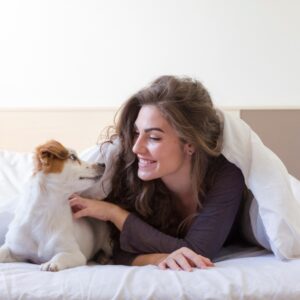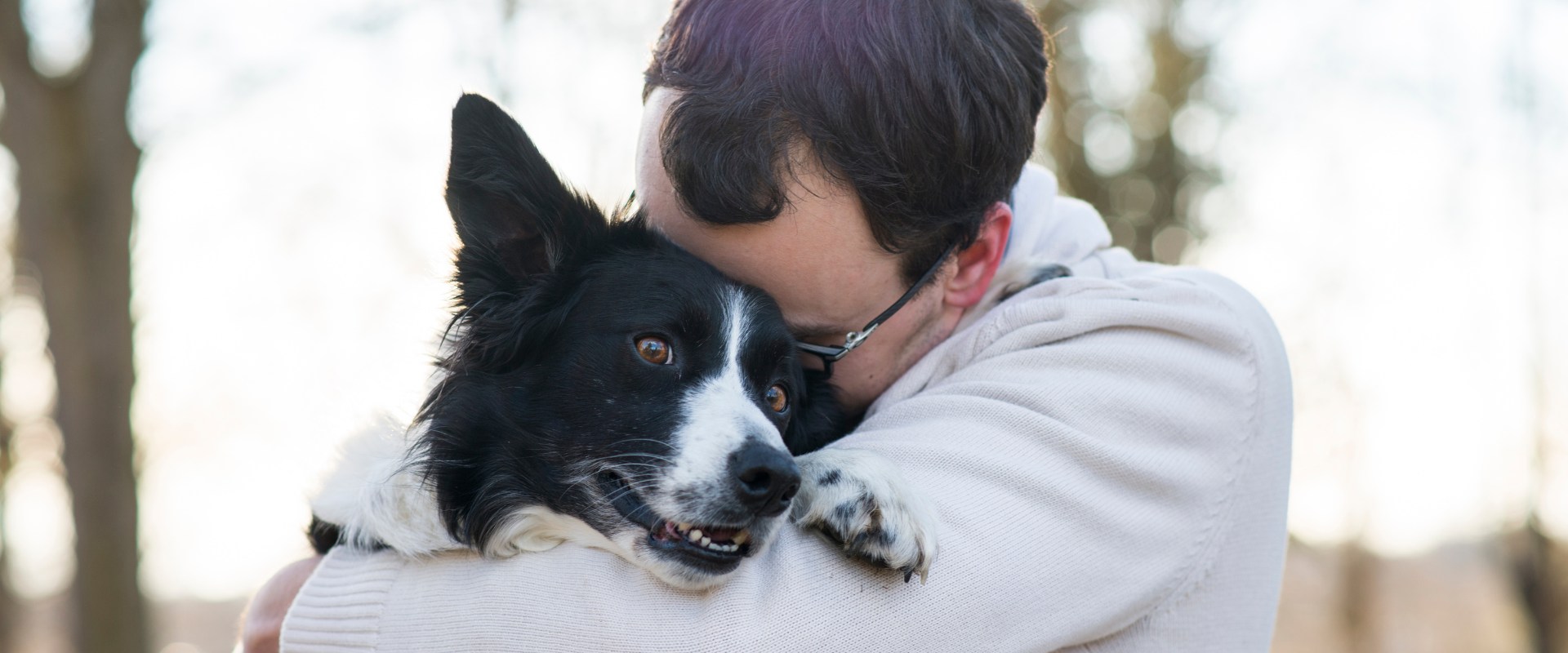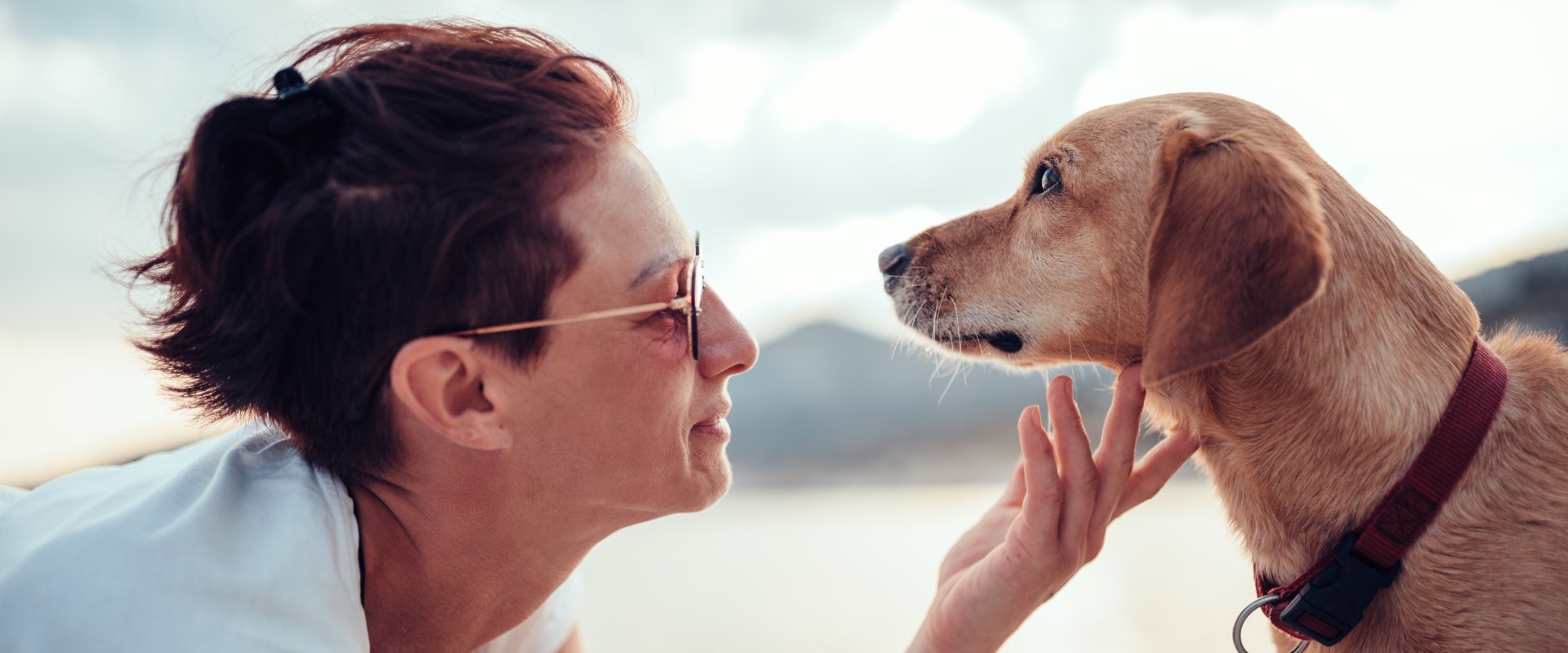Chewing is a natural behavior for dogs, but it can become a problem if your dog is chewing on inappropriate objects, such as furniture, shoes, or electrical cords.
things you can do to stop your dog from chewing
1. Identify the cause of the chewing
Before you can stop your dog from chewing, you need to identify the underlying cause. Dogs chew for a variety of reasons, including:
- Boredom: Dogs that are bored or understimulated are more likely to chew.
- Anxiety or stress: Dogs may chew if they are feeling anxious or stressed. This can be due to a number of factors, such as changes in their routine, loud noises, or separation anxiety.
- Teething: Puppies chew as their teeth come in. This is a normal behavior, but it can be destructive.
- Medical problems: Some medical conditions, such as parasites or dental problems, can cause dogs to chew.
2. Provide your dog with appropriate chew toys
Once you know why your dog is chewing, you can provide them with appropriate chew toys to meet their needs. Choose chew toys that are durable and tough enough to withstand your dog’s chewing. Avoid toys that are made of small or fragile pieces that could break off and be swallowed.
Here are a few tips for choosing the right chew toys for your dog:
- Consider your dog’s size and chewing habits: Some dogs are more aggressive chewers than others. Choose toys that are appropriate for your dog’s size and chewing habits.
- Variety is key: Dogs get bored easily, so it’s a good idea to have a variety of chew toys on hand. This will help to keep them interested and prevent them from getting bored.
- Rotate your dog’s toys: Regularly rotate your dog’s chew toys to keep them fresh and interesting. You can also try hiding some of the toys and bringing them out later. This will make the toys more exciting for your dog.
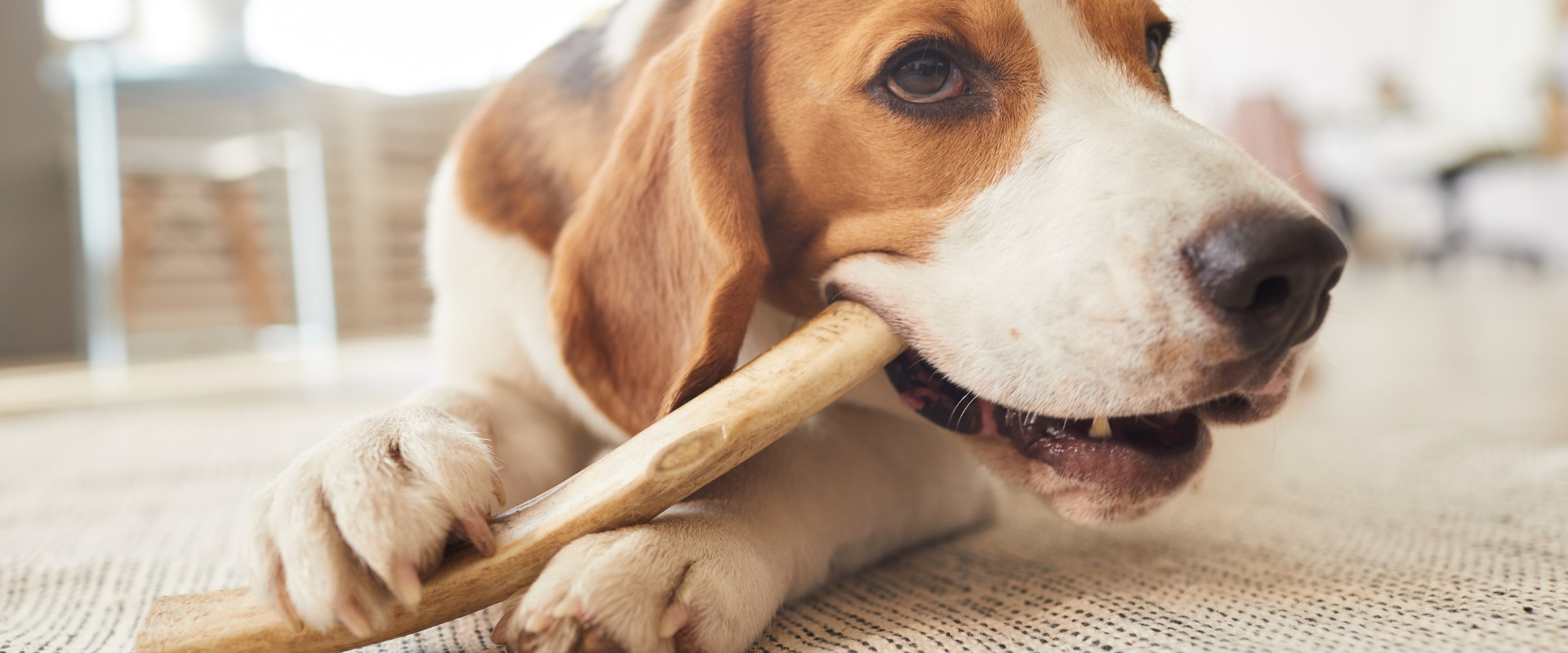
3. Supervise your dog
When you’re home, supervise your dog closely and prevent them from chewing on inappropriate objects. If you catch your dog chewing on something they’re not supposed to, redirect them to a chew toy.
Here are a few tips for supervising your dog:
- Put away any items that you don’t want your dog to chew on. This includes shoes, clothes, electrical cords, and furniture.
- If you have to leave your dog alone, confine them to a safe area where they can’t reach any inappropriate objects. You can also use a crate to keep them safe and secure.
- If you have a puppy, you may need to supervise them more closely. Puppies are more likely to chew than adult dogs.
4. Teach your dog the "drop it" command
Teaching your dog the “drop it” command can be helpful in preventing them from chewing on inappropriate objects. If you catch your dog chewing on something they’re not supposed to, say “drop it” and offer them a treat or a chew toy. Once they drop the object, praise them and give them the treat or toy.
Here are a few tips for teaching your dog the “drop it” command:
- Start by practicing in a quiet place with few distractions.
- Hold a treat in your hand and show it to your dog.
- Say “drop it” and close your hand.
- Wait for your dog to drop the treat.
- Once they drop the treat, say “yes!” and give them the treat.
- Repeat this process several times.
- Once your dog is consistently dropping the treat, you can start practicing with other objects.
- Be patient and consistent with your training. It may take some time for your dog to learn the “drop it” command
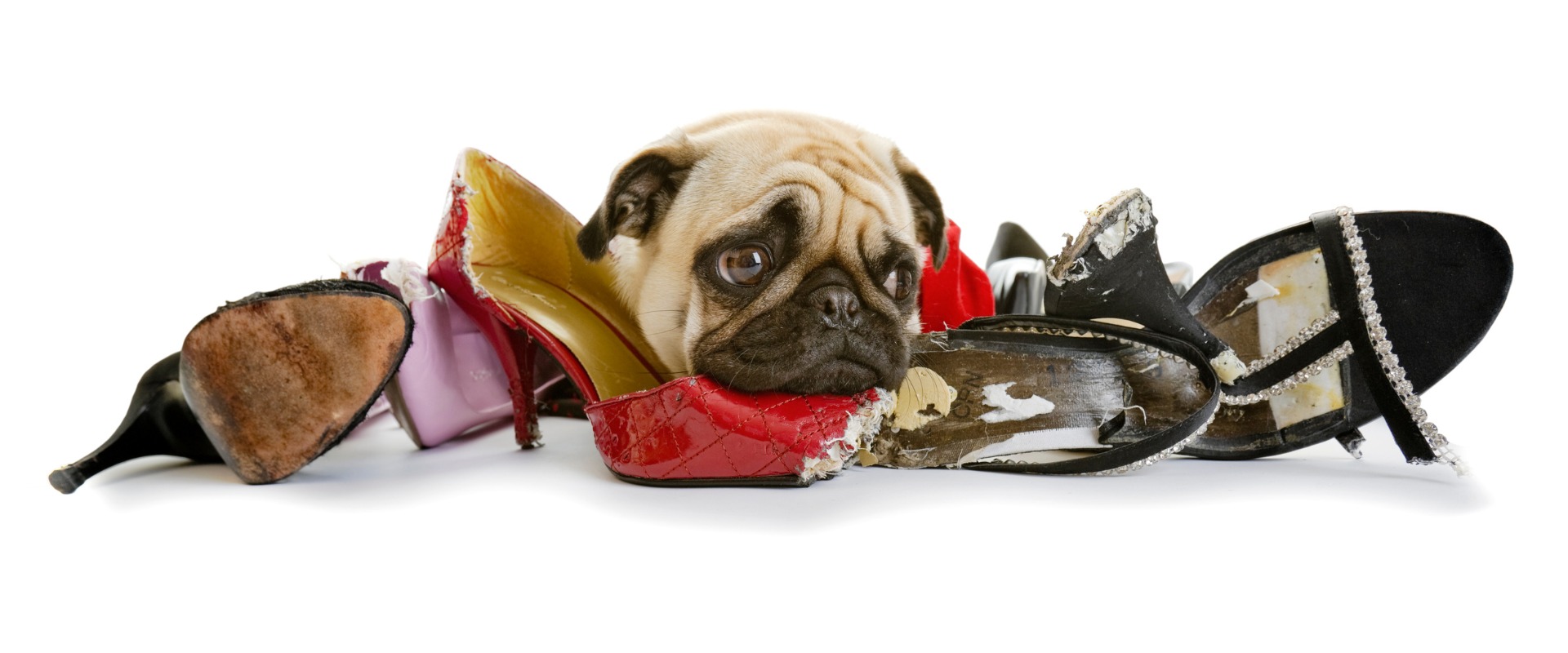
5. Provide your dog with plenty of exercise and mental stimulation
A bored dog is more likely to chew. Make sure your dog is getting enough exercise and mental stimulation throughout the day. This will help to reduce their boredom and chewing behavior.
Here are a few tips for providing your dog with exercise and mental stimulation:
- Take your dog for regular walks or runs.
- Play fetch or other interactive games with your dog.
- Train your dog new tricks.
- Give your dog puzzle toys or other interactive toys that will challenge their mind.
6. Seek professional help if needed
Lorem ipsum dolor sit amet, consectetur adipiscing elit. Ut elit tellus, luctus nec ullamcorper mattis, pulvinar dapibus leo.

